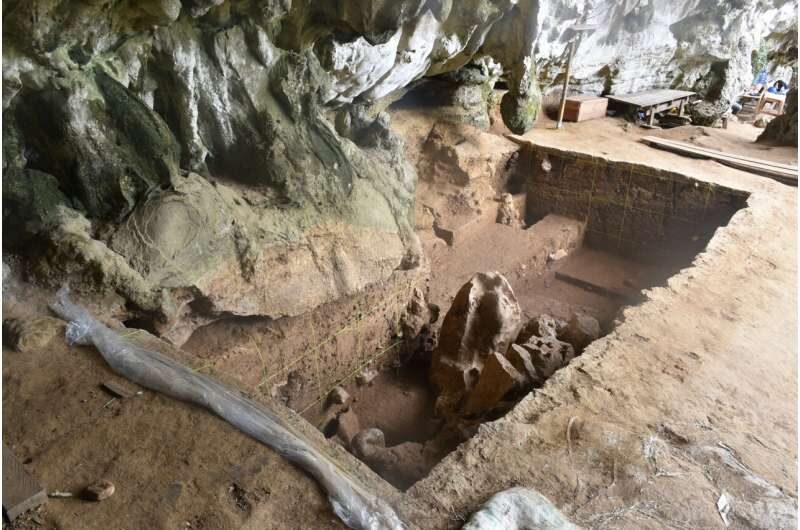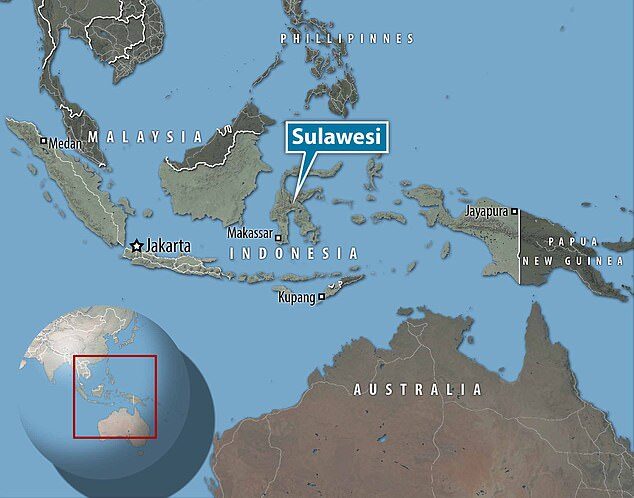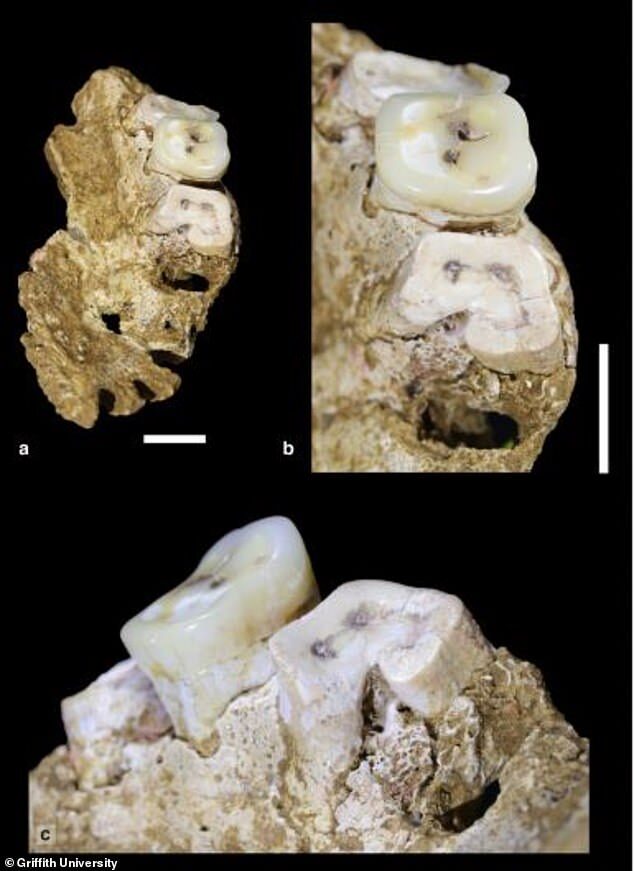
Over the past several decades, archaeologists have found evidence of ancient people living in Wallacea, a cluster of Indonesian islands relatively near to Australia. In a cave called Leang Bulu Bettue, they found tools, trinkets and cave art, but little in the way of human remains. In this new effort, the researchers found a jawbone with three molars attached. Dating of ornaments, pigments and portable art surrounding the find suggests the remains were from a modern human living in the area between 16,000 and 25,000 years ago, during the Ice Age. The find could shed light on the people who lived in the area during that time — scientists believe they were ancestors of people who arrived by boat thousands of years before, and the forebears of the first modern people to arrive in Australia.
Comment: Except that other studies have shown that aboriginal Australian's may have been around for at least 50,000 years: The first people to arrive in Australia came in large numbers, and on purpose

Comment: Human remains across the planet reveal that a high carbohydrate diet causes a number of health related issues, including jaw development and oral maladies; the same has been found to be the case with humans today: Why we have so many problems with our teeth

More information: Adam Brumm et al, Skeletal remains of a Pleistocene modern human (Homo sapiens) from Sulawesi, PLOS ONE (2021). DOI: 10.1371/journal.pone.0257273 Journal information: PLoS ONE



Comment: See also: